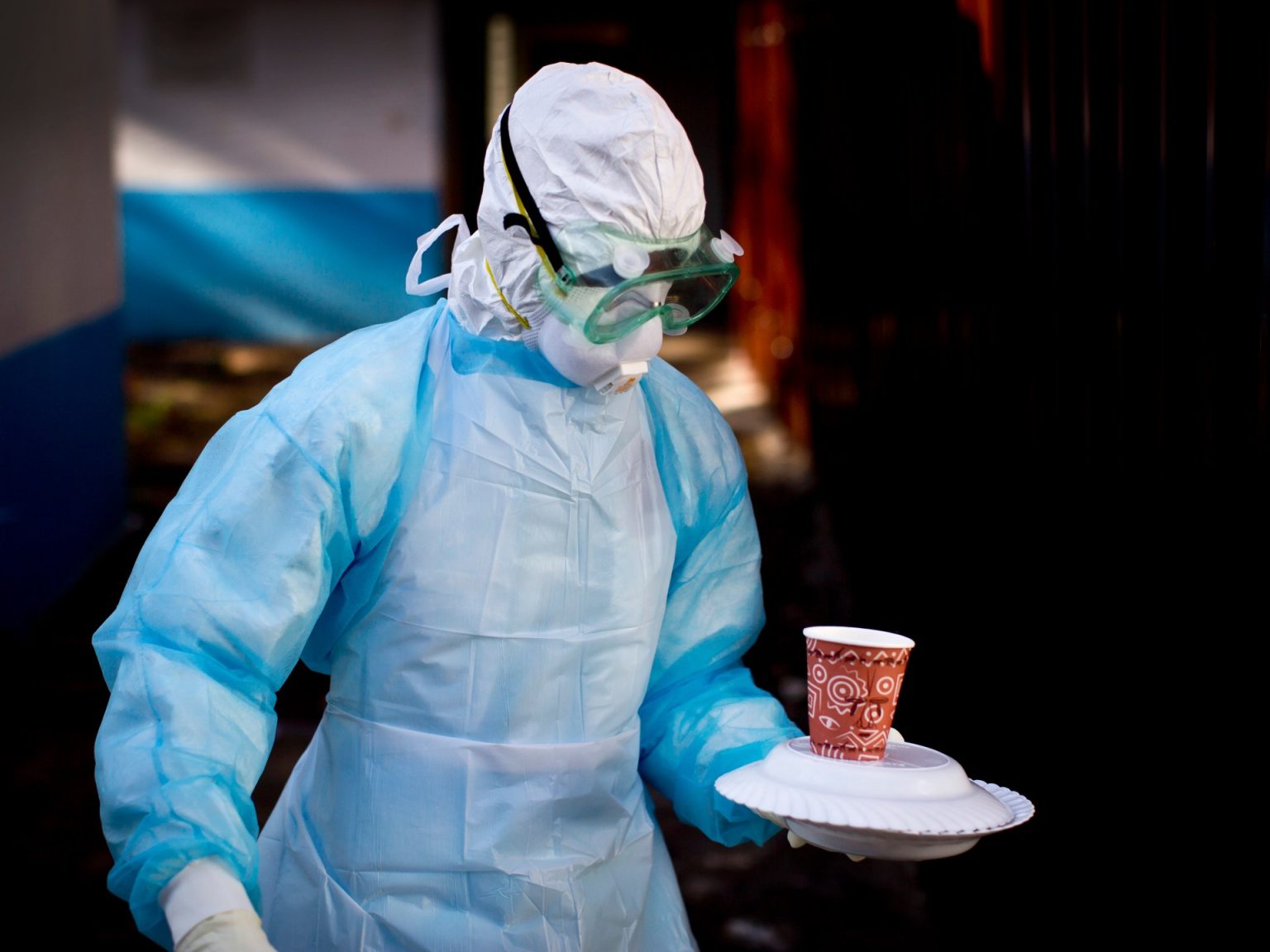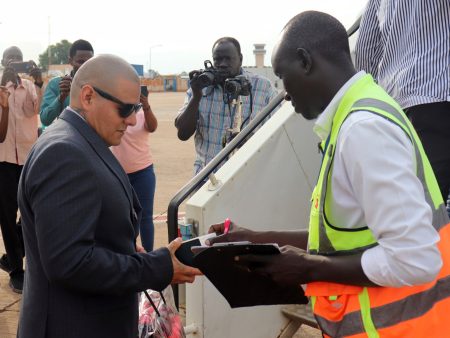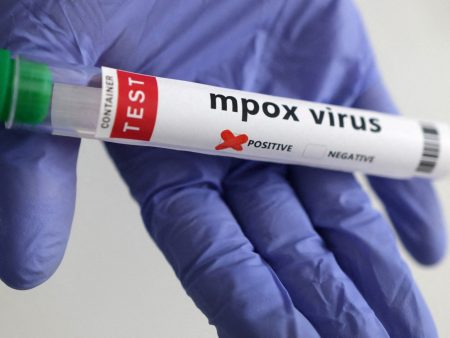The deadly Marburg virus, similar to Ebola, originates in fruit bats and spreads among people through close contact with the bodily fluids of infected individuals or contaminated surfaces. Rwanda declared an outbreak of the highly contagious virus, with eight deaths reported and 26 confirmed cases as of late Sunday. The public has been urged to avoid physical contact, and contact tracing and testing are being intensified to contain the spread. Health Minister Sabin Nsanzimana stated that the source of the disease has not yet been determined, and symptoms can take between three days and three weeks to appear, including fever, muscle pains, vomiting, and death due to extreme blood loss.
The World Health Organization (WHO) is increasing its support to Rwanda to help stop the spread of the Marburg virus outbreak. Director-General Tedros Adhanom Ghebreyesus announced on social media that WHO will work with Rwandan authorities. Marburg outbreaks and cases have been recorded in several African countries in the past, including Tanzania, Equatorial Guinea, Angola, the Democratic Republic of the Congo, Kenya, South Africa, Uganda, and Ghana. The rare virus was first identified in 1967 after causing outbreaks in laboratories in Marburg, Germany, and Belgrade, Serbia, resulting in the deaths of seven people exposed during research on monkeys.
In addition to the Marburg virus outbreak, Rwanda has reported cases of mpox, a disease caused by a virus related to smallpox but with milder symptoms. Several other African countries have also been affected by mpox, leading the WHO to declare a global health emergency. Rwanda launched a vaccination campaign for mpox earlier in the month, with plans for more vaccines to arrive in the country. The situation is being closely monitored, and efforts are being made to prevent further spread of both Marburg and mpox.
The Rwandan government has identified and placed an unspecified number of people who came into contact with confirmed Marburg virus cases into isolation facilities. Most of the affected individuals are healthcare workers spread across six out of the country’s 30 districts. It is crucial to continue contact tracing, testing, and isolation measures to contain the outbreak. Minister Nsanzimana emphasized the rarity of Marburg and the need for vigilance to prevent its spread among the population.
The symptoms of the Marburg virus include fever, muscle pains, diarrhea, vomiting, and the risk of death due to severe blood loss. Close monitoring and prompt medical attention for those showing symptoms are essential in preventing fatalities. The public should remain vigilant and adhere to health guidelines to minimize the risk of infection. Efforts are ongoing to determine the source of the outbreak and prevent further transmission of the virus within Rwanda and beyond. Collaboration between national and international health authorities is crucial in managing and containing the Marburg outbreak effectively.













